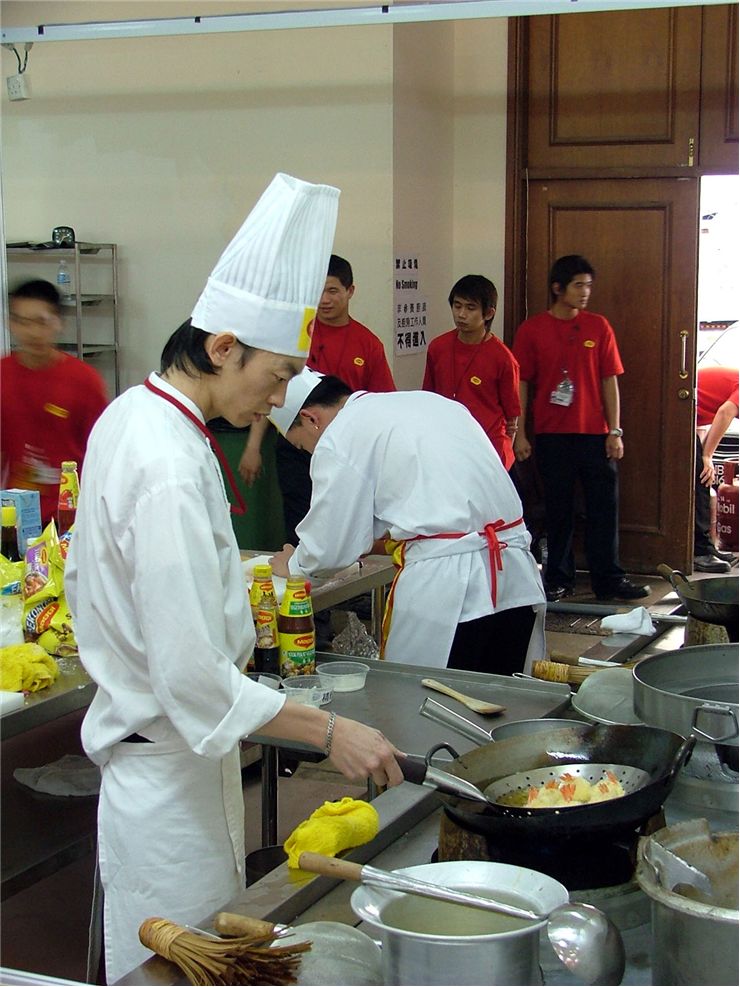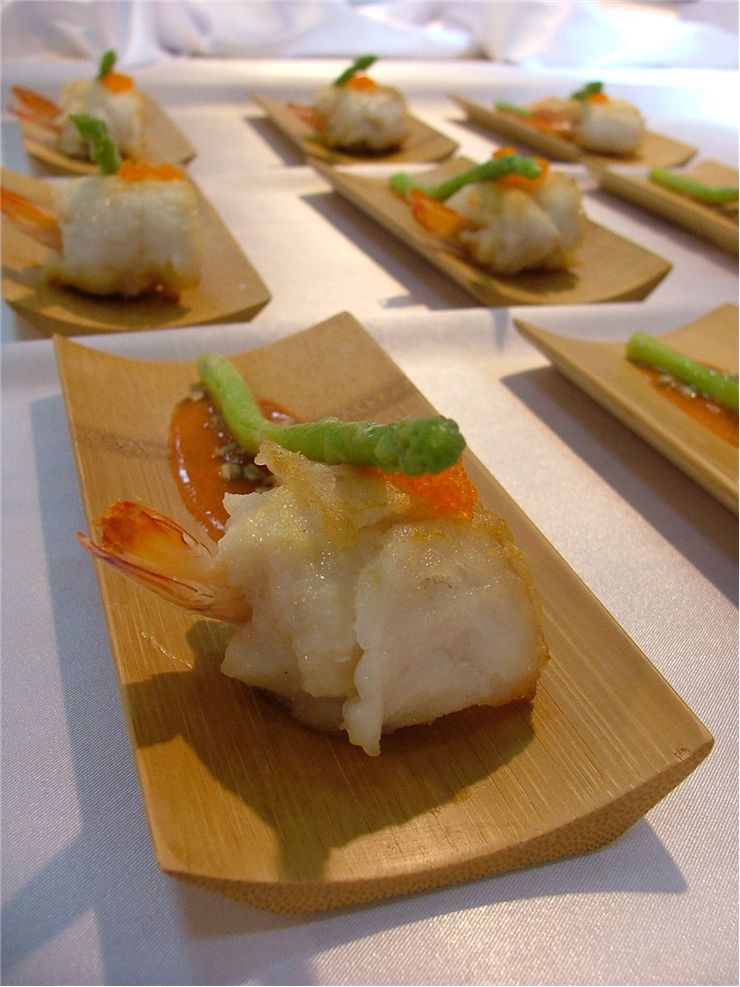Chinese Cooking Techniques and Methods
Over the last thousand years, Chinese cooks create their own techniques that become traditional in various regions of their large country. These differences in the way food is prepared enabled Chinese to create one of the most impressive cuisines in the world, with thousands of dishes that use very innovative, unique and balanced recipes. Chinese cooking techniques that are listed below can be used both as an individual techniques, or techniques that can be mixed with others.
Single techniques
Wet
Wet techniques are based on water immersion-based cooking. The basic name of this technique (zhǔ) is also used to denote Chinese cooking in general.
- Quick –This wet technique is used in three very distinct ways:
- Braising (Shāo) – Mix of both frying and cooking in liquid that is heated to the medium heat.
- Quick Boiling (Dǔn or Zhá) – Fast technique of adding ingredients and seasonings to the boiling water. After adding these new ingredients, water will stop to boil, and entire meal needs to be put off the stove when the water is back to boiling point.
- Scalding (Chāo or Tàng) – Mixing of cooking in boiling water and then immersing the cooked ingredients into cold water.
- Prolonged – Cooking in water that is done over much longer periods of time than any of the “Quick” techniques. Prolonged Chinese cooking can be separated in five categories:
- Bake Stewing (Wēi) – Broth cooking in ceramic vessel that is surrounded by hot embers.
- Gradual Simmering (Dùn) – Dishes in which ingredients are added slowly while water is heated all the way up to boiling point.
- Slow red cooking (Lǔ) – Prolonged cooking under constant heat where ingredients are strongly flavored by soy sauce based broth.
- Steaming (Zhēng or Xún) – Cooking using heat from steam that is produced by boiling water.
- Decoction (Áo) – Very slow cooking technique that uses heat to extract all the possible nutriets from the ingredients.
- Oil-based – One of the most common techniques of cooking Chinese foods, mixing ingredients into oiled pans that are heated by stoves. These techniques can be separated in four popular styles:
- Deep frying or Frying (Zhá) – Traditional immersion flying using oils or fats.
- Pan frying (Jiān) – Frying in pans that have more ouls or liquid present, allowing ingredients to be semi-cooked while frying.
- Stir-frying (Chǎo) – Fry cooking in pans that need to be constantly stirred so that food can be cooked more easily.
- High heat stir-frying (Bào) – Similar technique like stir-frying, but using much larger amount of hot oil or broth in the pan. Ingredients are often added mid-cooking.
- Air-based – Even though majority of Chinese cuisine is based on dishes that are cooked in liquids, they also have rich history of food prepared in ovens or heated empty wok (traditional Chinese large saucepan):
- Baking or Roasting – Cooking in ovens or on stoves with dishes often being cooked quickly.
- Smoking – Cooking by heating the food ingredients by allowing them to directly come in contact with hot smoke that is produced either by sugar or tea leaves.
- No Heat – Food recipes that does not require heat to be completed.
- Dressing (Bàn) – Simple adding of ingredients or seasoning to the already prepared food.
- Marinating or pickling (Yān) – To completely marinade ingredients in sailt, soy sauce, soy pastes and other seasonings. These marinated ingredients are often cooked by some other wet or dry techniques.
- Dòng – Simmering food (often meat) for the long time in broth before resulting meal is chilled until the mixture gels.
- Hùi – Quick precooking in hot water before finishing the meal by stir frying.
- Liū – Deep frying until meat or fish is semi-cooked and then lightly braising food while adding additional ingredients.
- Mēn – Stir-frying ingredients to the point they are semi-cooked and then covering and simmering with broth until ingredients are fully cooked.

